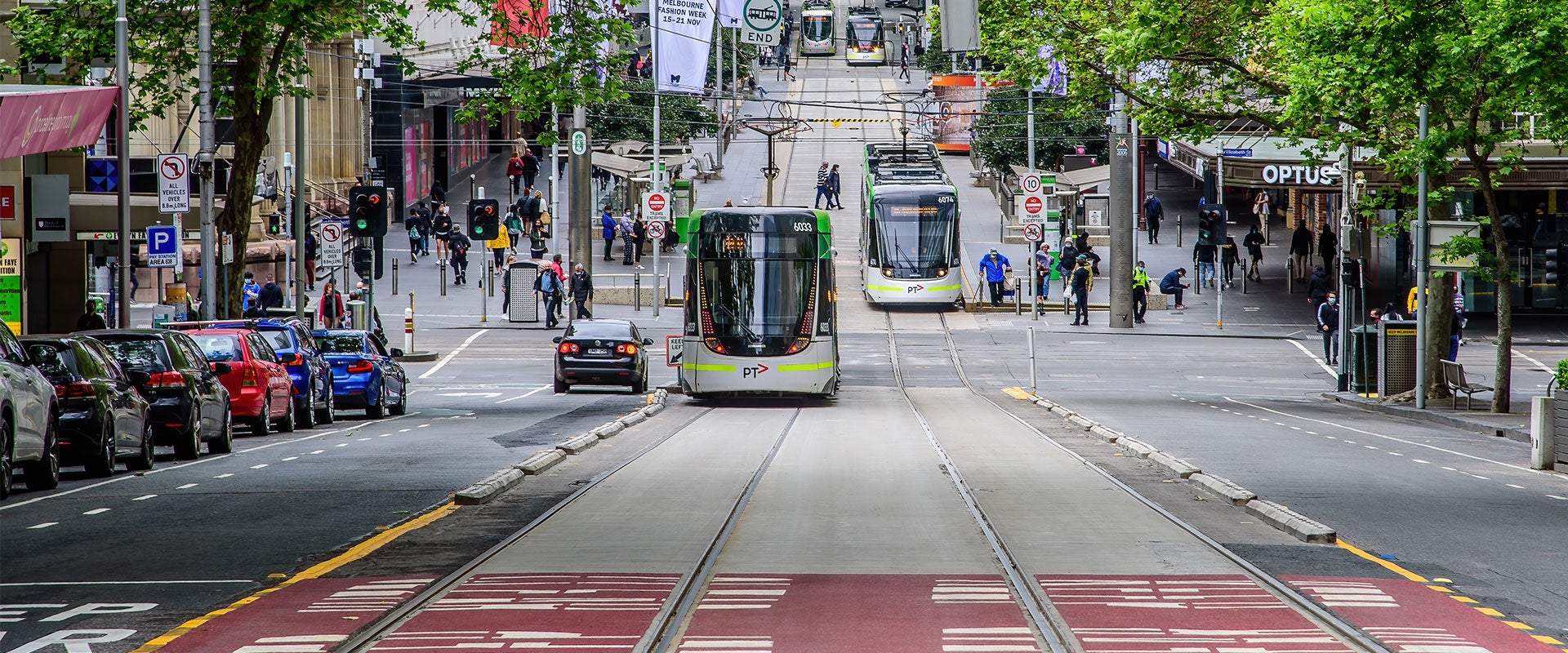The traditional value proposition of a weekly periodical pass or capped fare is to charge the customer for the five days of commuting and provide weekend travel for free — this change to is a rational economic position to take, given the availability of excess system capacity on weekends. But in some cases, both lower and higher thresholds are established. For example, in Chicago, the weekly cap is less than nine times the cost of a single (peak) ticket. In contrast, in both New York and Amsterdam, the weekly cap is 12 times the cost of a single trip ticket.
Evolving fare capping
The post-pandemic world does of course challenge this product concept. Firstly, flexible working is here to stay, and the number of five-day-a-week commuters is significantly diminished compared to the pre-COVID world. Accordingly, a weekly product concept priced on a 5+2 basis is simply no longer relevant (on a value-for-money basis) to many people in full-time employment.
It also needs to be recognised that it may simply not be a case of the now three-day-a-week commuter moving to a different public transit fare product — they may well use their old weekly commuting budget to pay for parking two or three days per week.
There could be scope for some jurisdictions to reduce their weekly fare caps to a multiple more like (say) six to seven times the cost of a single trip or three to four times the price of a daily product (or daily cap) to ensure that existing customers with a choice of mode are retained and that public transit is priced attractively for potential customers. It is of course acknowledged that demand in some markets, where flexible working and working from home are not as prevalent, may be able to retain a conventional 5+2 pricing model or something comparable.
There is an additional challenge of the relationship of a single weekly cap to customer travel patterns, not just trip intensity. Other factors, such as trip patterns, particularly where jurisdictions use distance-based pricing and time of travel (i.e. peak versus off-peak), also determine the likelihood of individual customers reaching the weekly cap compared to the cost of single tickets.
There is of course scope to apply caps at more frequent intervals. The concept of ‘nested fare caps’ has developed in the smart ticketing era. Essentially, a nested fare cap is a model of having fare caps within fare caps (e.g. daily, every three days, weekly, monthly, annually).
One such example is the pricing approach adopted by Connecticut Transit (CTtransit). CTtransit offers one-, three-, five-, seven- and 31-day caps. Figure 2 below shows the single trip multiple for each of these caps (i.e. based on a single trip price of US$1.75).







